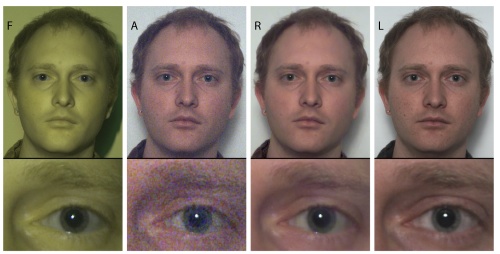
By David Ponce
Most photographers will tell you: regular camera flashes are horrible. They tend to reflect off people’s skin amd create unwanted white spots, they give you red eyes in some pictures and they also blind you. NYU researchers have developed a way around this by creating a flash that uses light that is outside the visible spectrum, thus invisible to us.
It works like this: first the camera takes a picture with IR and UV light which produces a monochrome image. In quick succession a second image is taken without any flash, using only ambient lighting. Typically this will result in a dim, noisy, grainy image. The magic happens when the software combines both images using the first monochrome picture as a reference point to de-noise the image with natural colors. Once combined, the result is nearly indistinguishable from a long-exposure shot.

All this can be achieved using standard camera equipment and appropriate filters. Current drawbacks are that since two pictures must be taken, rapidly moving scenes can’t be captured. However, their novel approach could be used in single-picture mode.
[If only camera manufacturers would modify] the Bayer pattern on the sensor to include UV-only and IR-only pixels, we would be able to implement the dark flash concept using a single image. Additionally, our large flash unit could be replaced with compact UV and IR LEDs giving a more controllable pulse duration and a more precise spectral emission, perhaps further reducing the visibility of the flash. This would also permit the dark flash concept to be implemented in small platforms such as cell-phones, where a flash is often needed due to poor lowlight performance on account of the small sensor size.
Their work will be presented at SIGGRAPH 2009, this coming August.
[ PFD of their work (warning, 72MB) ] AND [ Project Homepage ] VIA [ Xataka ]










